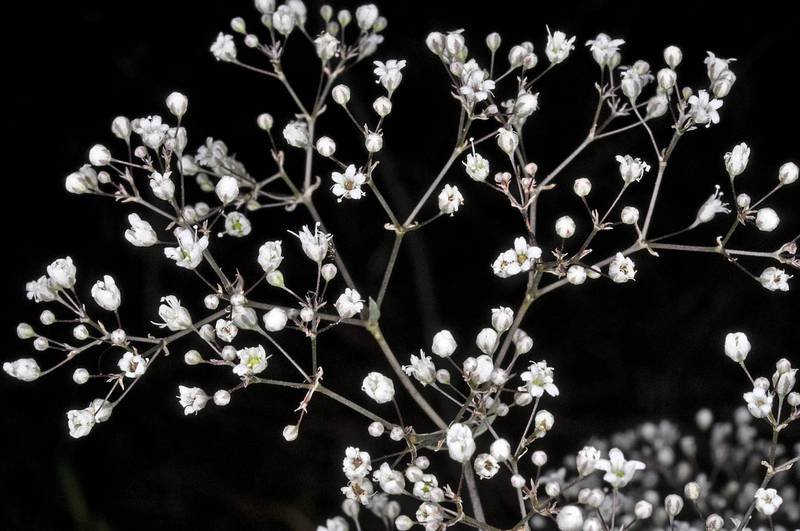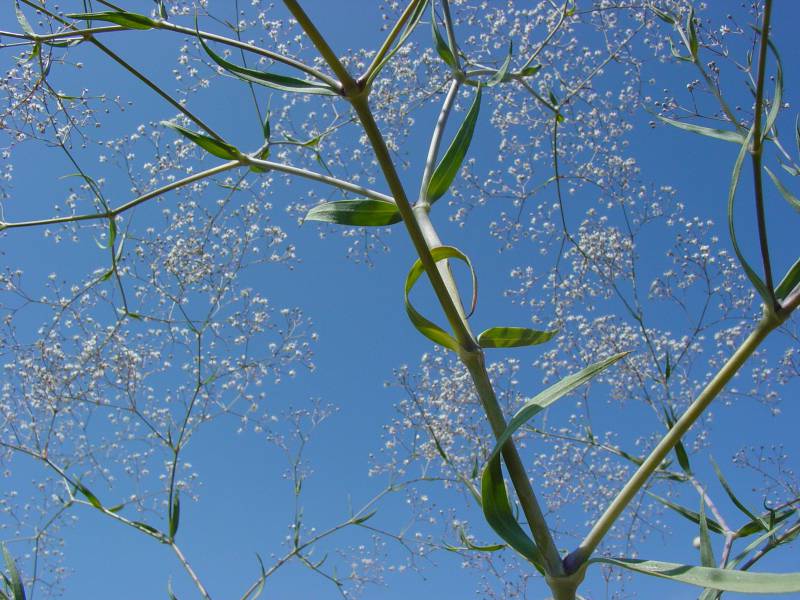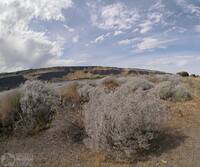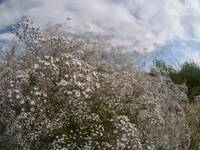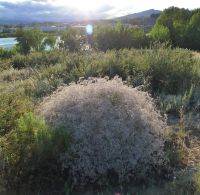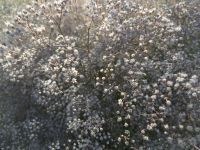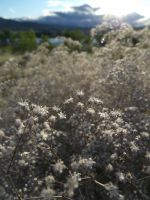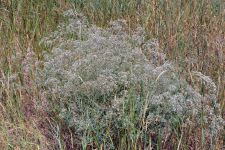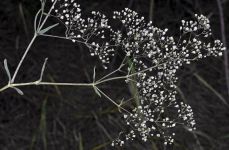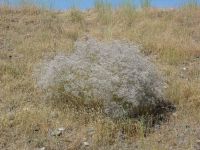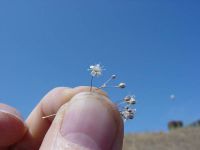Distribution: Occurring east of the Cascades crest in Washington; Northwest Territory and British Columbia to California, east across North America to the Atlantic Coast.
Habitat: Roadsides, fields, wastelots, and other disturbed, dry open areas at low elevations.
Flowers: June-September
Origin: Introduced from Asia
Growth Duration: Perennial
Conservation Status: Not of concern
Pollination: Bees, flies
Glabrous, glaucous perennial, the stems freely-branched, 4-8 dm. tall.
Leaves opposite, lanceolate to linear, 2-5 cm. long and under 1 cm. broad, 1-nerved.
Flowers small, numerous, in large, diffusely branched, leafy-bracteate inflorescences; pedicels slender, 2-4 times as long as the flowers; calyx top-shaped, shallowly 5-lobed, 2 mm. long; petals 5, white, oblanceolate, slightly longer than the calyx, stamens 10; styles 2.
Capsule ovoid, equaling the calyx, 1-celled and 4-valved.
Publication: Sp. Pl. 1: 407. 1753.
PNW Herbaria: Specimen records of Gypsophila paniculata in the Consortium of Pacific Northwest Herbaria database.
WA Flora Checklist: Gypsophila paniculata checklist entry.
OregonFlora: Gypsophila paniculata information.
E-Flora BC: Gypsophila paniculata atlas page.
CalPhotos: Gypsophila paniculata photos.
USDA Plants: Gypsophila paniculata information.

